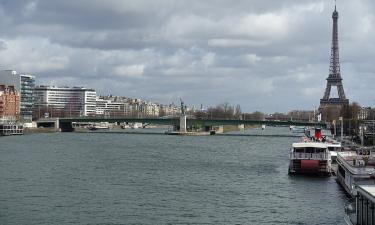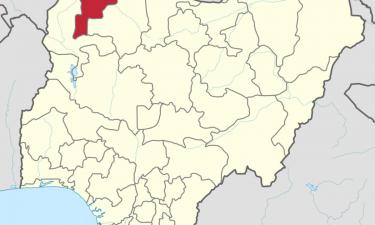OPEC Will Control Half Oil Exports By 2020
Gulf Arab oil heavyweights need to invest more than $100 billion in the next two decades to double their crude oil production capacity to at least forty million barrels per day to face the growing global demand for the commodity, according to official estimates.
The UAE along with Saudi Arabia, Kuwait, Qatar and Iraq, which control more than three fifths of the world's total extractable crude wealth, are set to lift their output capacity from around 21.7 million bpd in 2000 to 42.9 million bpd in 2020, showed OPEC figures, cited in a Kuwaiti paper to an oil conference in Abu Dhabi yesterday.
At least five billion dollars will be needed to add one million barrels per day, while fresh investments will have to be pumped to maintain capacity over that period.
The figures showed the total cumulative investments by the Organisation of Petroleum Exporting Countries could reach $97 billion in 2010 and $209.4 billion in 2020.
The projects will push up the output capacity of the eleven nation group from 31.4 million bpd in 2000 to 38.4 million in 2010, to 44.8 million in 2010 and 60.2 million in 2020.
”Since the capacity of those five Gulf states will climb to around two thirds of Opec's total output, their investments could largely exceed $100 billion,” said the paper presented by Atef Al Jamili, public relations director at the Kuwaiti Petroleum Corp.
A breakdown showed that the UAE's sustainable production capacity will climb from two and a half million barrels per day in 2000 to three million in 2005, to 3.7 million in 2010 and 5.1 million in 2020.
Saudi Arabia, which controls more than a quarter of the international proven crude resources, will lift capacity from 9.4 million barrels per day to twelve and a half million then to 14.6 million and 22.1 million in the same period. Iraq's output will gradually rise from 2.6 million barrels per day to 5.5 million bpd in 2020 while Kuwait's capacity will grow from around 2.5 to 4.8 million barrels per day.
In contrast, Qatar's production will shrink from 0.9 million bpd to 0.7 million barrels per day as the tiny OPEC oil producer is concentrating on mega gas projects at its giant North Field.
”This shows that Arab states, especially those in the Gulf, are set to play a crucial role in covering the increase in world oil demand in the coming years,” Jamili told the conference at the Zayed Centre for Coordination and Follow up.
His figures showed the cumulative investments needed for Opec's capacity expansions would reach $97 billion in 2010 and $209.4 billion in 2020 while investments by non-Opec states would be as high as $598.7 billion and $863.4 billion respectively.
Capacity expansion projects in the Gulf and other Opec members will boost the organisation's share of global supplies from 41.5 per cent in 2000 to 48.5 per cent in 2010 and 57.3 per cent in 2020, when oil demand will peak at 107.9 million bpd.
"Expectations are that nearly eighty five percent of the increase in global demand between 2010 and 2020 will be covered by the OPEC countries, which will control more than half the market and regain its prestige during the oil boom,” the paper said.
Visit to
&to=https://www.opec.org/' target=_blank>OPEC
Subscribe to Pravda.Ru Telegram channel, Facebook, RSS!





